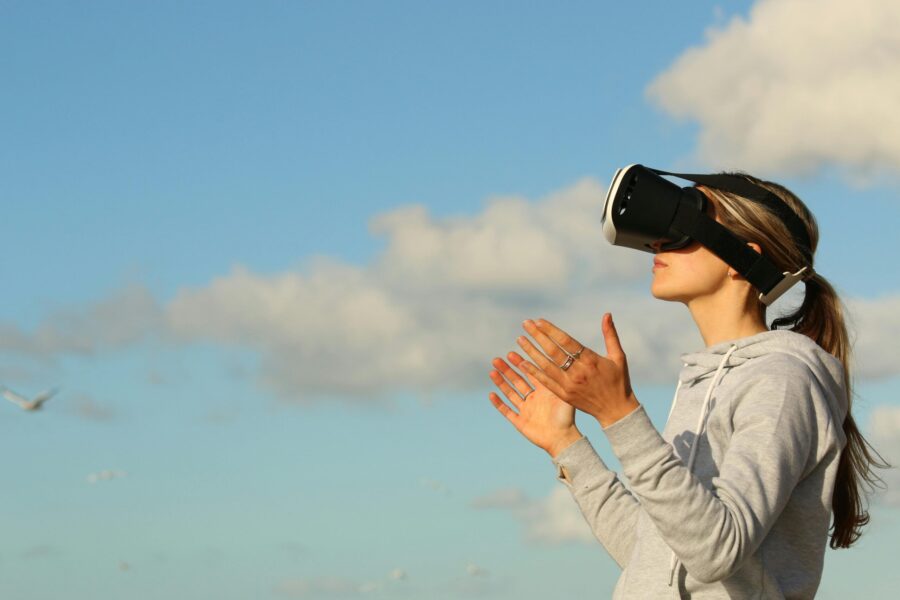Virtual Reality (VR) photography is revolutionizing the art world by offering immersive experiences that engage audiences in unprecedented ways. This innovative medium allows artists to create 3D environments that viewers can explore, blurring the lines between the observer and the artwork. By leveraging VR technology, photographers can transport their audiences into new realms, enabling them to interact with images and concepts in a way that traditional photography cannot achieve. This shift toward immersive experiences enhances the viewer’s emotional connection to the art, fostering a deeper understanding of the artist’s vision.
Enhancing Viewer Engagement through Immersive Art
Traditional art forms often present static images or sculptures, limiting the viewer’s interaction to observation and perhaps changing perspective to approach the piece from a new angle as space permits. In contrast, VR photography introduces a dynamic element, allowing audiences to navigate and engage with art in a three-dimensional space without constraint. This interactivity transforms the passive act of viewing into an active exploration, deepening the emotional impact and personal connection to the artwork. For example, virtual reality can enable viewers to step inside a photograph, experiencing the scene from multiple perspectives and gaining a more profound appreciation of the artist’s intent.
Democratizing Access to Art
One of the most significant advantages of VR photography is its ability to increasingly democratize access to art. With the ability to create virtual galleries and exhibitions, artists can reach a global audience without the constraints of physical space. Viewers from around the world can experience exhibitions from the comfort of their own homes, breaking down geographical barriers and making art more accessible to diverse communities. This new approach to exhibiting photography encourages collaboration between artists, technologists, and curators, fostering a dynamic dialogue about the future of visual art.
Innovations in Virtual Reality Art Exhibitions
The integration of VR into art exhibitions has led to innovative approaches in showcasing art. Virtual reality allows for the creation of interactive and immersive environments where viewers can experience art in entirely new ways. For instance, virtual reality can transport audiences to different worlds, enhancing their interaction with art and pushing the boundaries of storytelling and engagement in the art world.
Expanding Creative Possibilities for Artists
For artists, VR photography offers new avenues for creativity and expression. By creating virtual environments, artists can transport audiences to different worlds and enable them to interact with art in unprecedented ways. This capability allows artists to push the boundaries of storytelling and engagement, creating a deeper connection between the viewer and the artwork.
Challenges and Considerations in VR Art
While VR photography presents numerous opportunities, it also introduces challenges. The need for specialized equipment and technical expertise can be a barrier for some artists. Additionally, ensuring accessibility for all viewers, including those without access to VR hardware, remains a concern. Addressing these challenges is crucial for the widespread adoption and success of VR in the art world.
Virtual reality photography is transforming the art world by creating immersive experiences that engage audiences in new and profound ways. By enabling interactive exploration of art, democratizing access, and expanding creative possibilities, VR is reshaping how art is experienced and appreciated. As technology continues to evolve, the integration of VR in art promises to further enhance the connection between artists and viewers, fostering a deeper understanding and appreciation of artistic expression.









